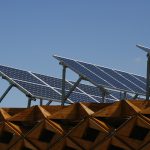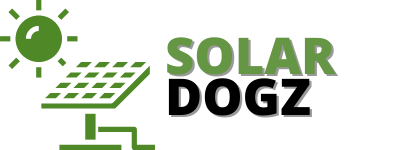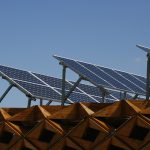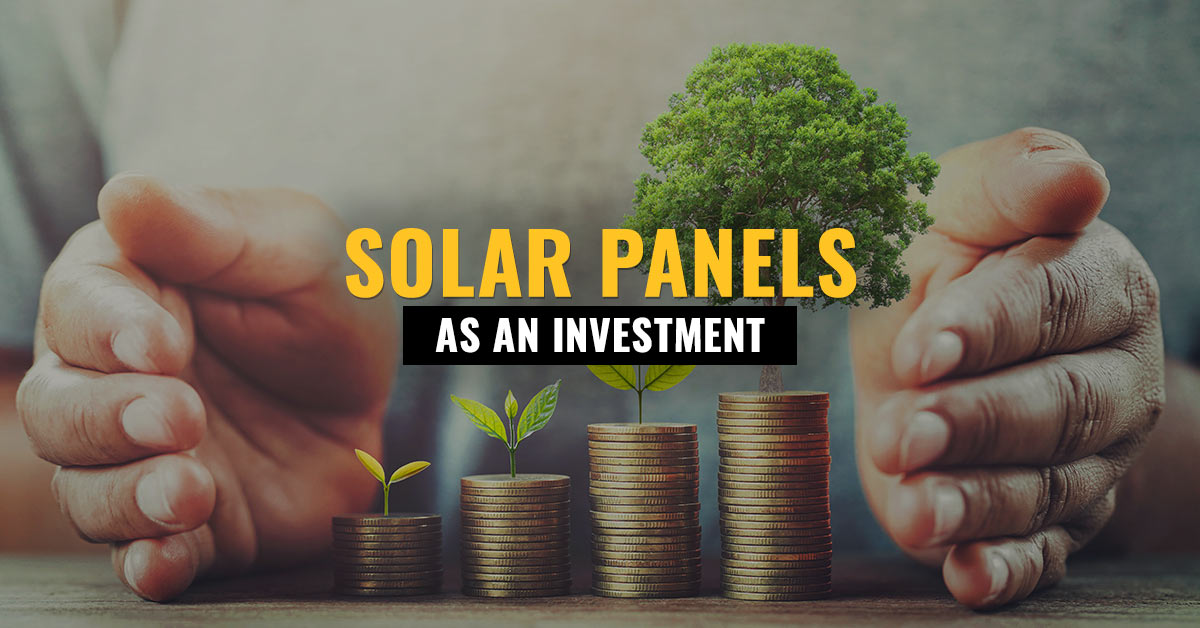
A material used commonly in solar panels has been observed to repair itself when damaged, and scientists think this ability may be critical for the future of clean energy.
The substance, called antimony selenide (Sb2Se3) aka the solar absorber material can be used to turn light energy into electricity. The findings from the University of York, UK raise the possibility that it may be possible to create long-lasting solar panels. According to the research team, the panels could not only self-heal when damaged but also reduce costs and improve scalability.
Currently, solar panels have an average lifespan of between 20 and 30 years. With the new technology of self-healing substance, it could be a critical breakthrough. Professor Keith McKenna, who led the research, explains antimony selenide’s self-healing capability is analogous to a starfish or reptile that can regrow a limb after an accident. He adds that antimony selenide can repair broken bonds created when it is cleaved by forming new ones. Plus, the ability is as unusual in the materials world as it is in the animal kingdom and has important implications for applications of these materials in optoelectronics and photochemistry.
Solar power is growing increasingly popular with people around the world desirous of perfecting the technology. Plus, many governments are pledging to reach net-zero over the next 10 to 30 years, and securing reliable alternatives to fossil fuels seems critical.
Furthermore, researchers at GlobalData believe that space-based solar power (SBSP) may be the key to a total transition to green energy. SBSP works on using mirror-like reflectors, which are placed on satellites that move around Earth’s orbit. The reflectors would concentrate the sun’s energy onto solar panels, and allow for power to be harnessed outside of daylight hours. At the moment, solar panels collect power for an average of 29% of the day, but SBSP would mean they could be illuminated 99% of the time.
For now, SBSP is conceptual, and scientists believe it could be a reality soon. The US Naval Research Laboratory conducted its first test in this field in May 2020. Earlier this year, scientists in South Korea created the first fully transparent solar panel, which is said to be a major step forward for domestic solar power usage. Traditionally, they are opaque because of the semiconductor layers within the cells, but the research team at Incheon University could use titanium dioxide and nickel oxide instead. In 2020, double-sided solar panels were developed for the first time, which were 35% more effective.





